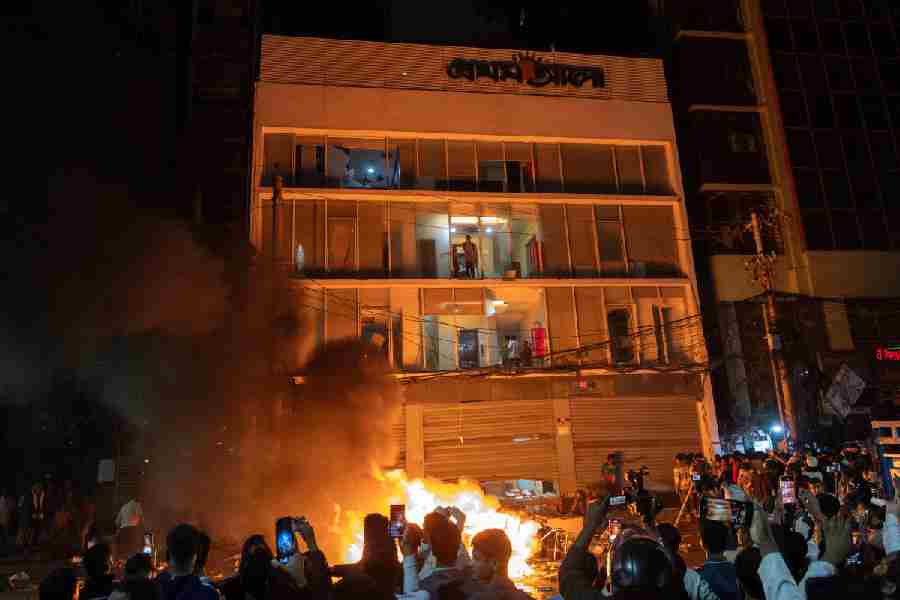June 26: The East-West Metro will have a signalling system like that of the Paris and Shanghai underground, enabling trains to run at a frequency of two-and-a-half minutes and maybe every 90 seconds once operations are streamlined.
The railway ministry has already approved the project, worth almost Rs 300 crore, and the contract is being executed by the Italy-based company Ansaldo STS.
"Communication-based train control, a signalling system that uses telecommunication, is more precise than other technology. This should increase the frequency of trains to two-and-a-half minutes," said Vishwesh Chaubey, chairman of the Kolkata Metro Rail Corporation (KMRC) that is implementing the East-West project.
Metro spoke to railway engineers and officials to find out what separates the new system from the rest.

Block signal system
The conventional fixed block system does duty in the north-south Metro route between Noapara and Kavi Subhash. This signalling system is controlled manually. The tracks are divided into several blocks between stations with signal posts. When a train occupies a particular block, the one behind it gets a red signal in the earlier block and cannot move forward. When the previous train moves on to the next block, the signal for the train behind it turns green.
Telecom control
This is an automated system with no signal posts or fixed blocks. The train picks up the signal from the track in which it runs. As the previous train moves, the track behind it becomes available for the next one to move, keeping a safe distance between the two.
Based on the availability of tracks ahead, the signalling system communicates direction to the train through telecommunication and asks it to either move forward or stop. There is no green or red signal.
"The train's on-board system will be integrated with the signalling technology. The driver will be there but the train's movement will be guided by the telecommunication system," a railway official explained.
Benefit to passengers
The communication-based train control system will bring down waiting time for passengers as the highest frequency will be two-and-a-half minutes to begin with. In the north-south Metro, the maximum frequency is currently five minutes.
River-tunnel run
The 500-metre stretch under the Hooghly riverbed can be crossed in about a minute. But if a train gets stuck somewhere, then the one behind it will stop automatically even if it is in the river tunnel.
Officials said safety wouldn't be a concern because of a monitoring mechanism similar to that of air traffic control at a modern airport.










